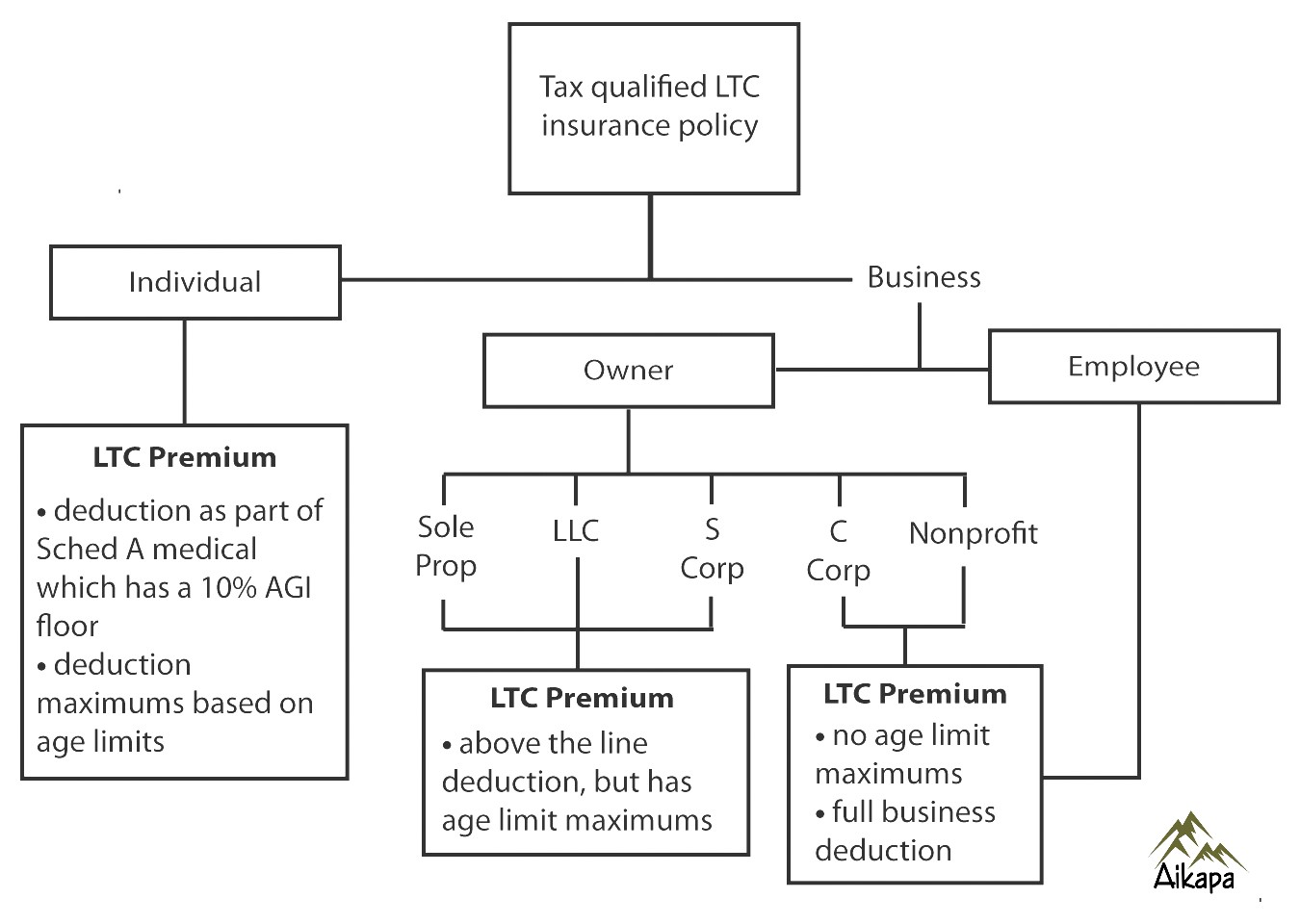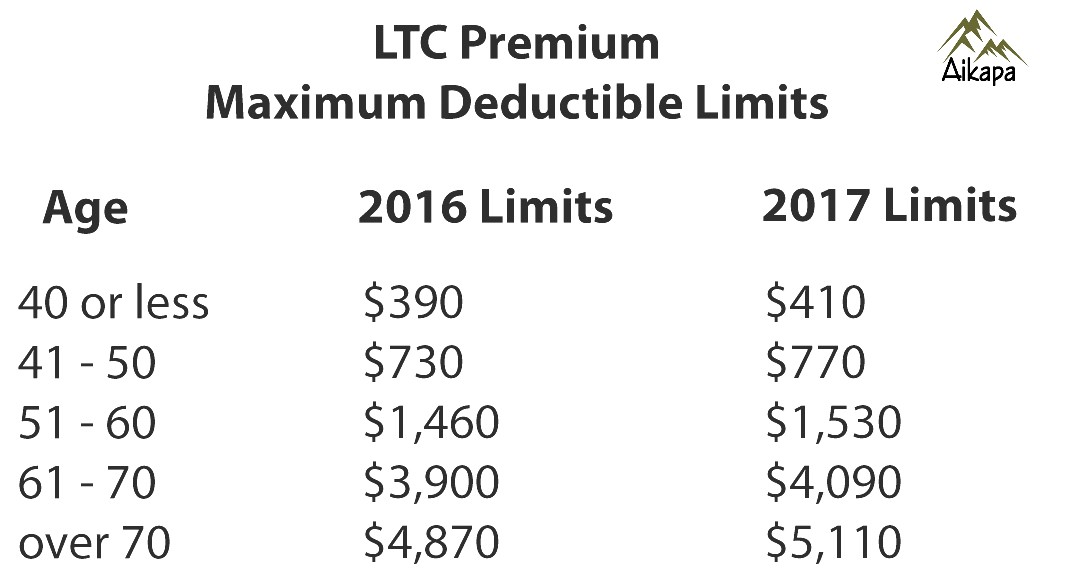| How do we prepare for the loss of someone who plays a lead role in your family’s financial life? This can be a partner, a spouse, a parent, or even yourself. Aikapa’s role during such a crisis focuses on ensuring that the family will have the available cash flow until the transfer of the estate is completed AND on providing the information that the Estate attorney and CPA require to transition the estate efficiently. Below, I’ve outlined how we can prepare for such a loss. |
| 1. Short-Term Cash Flow: Make certain that emergency accounts have enough cash to support family expenses for 6 months and that the account is available to those left behind. That means that the family has access to the login information and that the account is titled properly (T.O.D., Joint or Trust are the usual titles). 2. Consolidate Financial and Legal Records: It is useful if the family has access to financial and legal records. a. We can easily generate financial information needed for accounts that we directly manage. b. It would be useful for the family to also have original financial records for accounts or finances not under our purview. c. Similarly, we would benefit from information on former and current employer benefits and contact information. d. Finally, the estate documents should also be easily available by the family or we should have a copy filed with us for reference. 3. Verify that you have the Appropriate Account Titling: The accounts that take more effort to transfer are those titled under the individual’s name unless they have a wrapper to make them non-probate assets. We will use a T.O.D. (Transfer On Death) wrapper that bypasses Probate Court if your Estate plan doesn’t indicate otherwise. a. We can easily adjust the title for those accounts that we directly manage. We regularly review these against your wishes and your Estate plan. b. Accounts held at other institutions AND under an individual’s name will need your management and update (check with us if unsure). We will consult with your Estate plan and make recommendations, but it will be up to you to ensure these are implemented. Example of accounts that we find are often missed include checking accounts, savings accounts, employer stock accounts, options, 529 and inherited accounts held at other institutions. c. Other assets, such as real estate, need to be titled correctly as specified in your Estate plan. We can guide you, but you must implement these yourself. 4. Complete and Update Beneficiary: We sometimes find that although everyone is well intentioned, beneficiary designations are missed. Though we find this most often with employer accounts, we do see it also with other accounts. a. We can easily review and update beneficiaries on accounts under our management and we do so regularly. b. Accounts at your employer require that you check and make any needed changes yourself. Ideally you will also keep a copy of your beneficiary selection with your financial records. c. Your home or other real estate may also need a beneficiary designation, but we follow your Estate plan since different states use different rules. d. Accounts held at other institutions will also need to be updated with beneficiaries. 5. Availability of All Logins and Passwords. It is essential for the family to have access to login and passwords. This includes your computer, phone and online passwords. If you would prefer not to share this information then let us know WHERE the information is located, and we’ll share the location with family when and if needed. |
| As you would expect, we each respond in our own way to the death of someone close to us. Some focus on getting things done while others find themselves unable to function. The range of reactions spans the full spectrum of emotions. This is the way it should be and ideally, we strive to let them take the time to grieve without anxiety over finances. If we know all is in order, we can delay most of the initial tasks and allow the family the peace they need to deal with the loss while we create what will be needed by the Estate attorney. Once we know that the family has cash to support spending for 3-6 months, we work on generating a list of assets that are part of the decedent’s estate. We generate this initial information from our records (based on the financial plan and visual asset map). We then work with the family to update this information, but it is only after the family obtains death certificates that we can reach out and obtain exact information on items on this asset list. We need to ensure that we have the correct information on the title, beneficiary on record, total account balance and custodian for each asset. The Estate attorney will be able to begin their work only after they are provided with death certificates, estate documents, and our detailed list of assets. They will create an action plan, outline the process, estimate the costs and provide a potential timeline to settle the estate. The Estate attorney is the one responsible for legal filings and letting us know when the assets are ready for transfer. We are responsible for the actual transfer and settling of accounts. Dependent on the time of the year and with the guidance from the Estate attorney, we may want to delay the involvement of the CPA or bring them on immediately. |
Once this process begins, it is imperative that we keep the lines of communication open throughout the process as the Estate settles and assets transition. There are time constraints associated with certain filings and activities related to settling the estate which makes it doubly important to work together. But it all begins with having your documents available, titled correctly, and beneficiaries clearly stated. We will focus on reviewing your estate documents during 2021 meetings.
Edi Alvarez, CFP®
BS, BEd, MS







